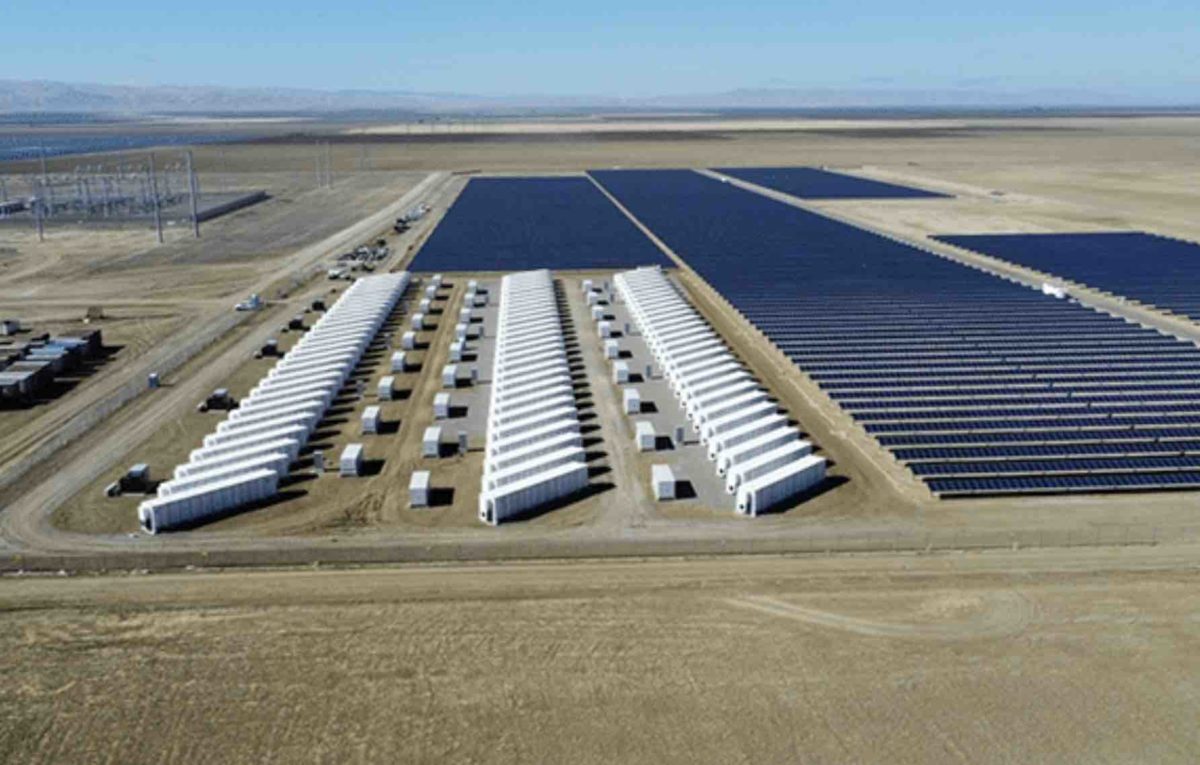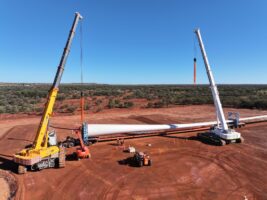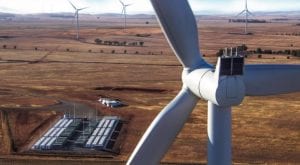The US-based battery storage systems company Powin says it has secured its first connection agreement with the market operator for a battery storage project in Australia, in what it says is a landmark event for the company.
Powin says it has received the Generator Performance Standard 5.3.4 a/b for Akaysha Energy’s Ulinda Park battery, a 155 MW, 300 MWh project planned for the Western Downs region of Queensland, one of several big batteries planned in the area around the Kogan Creek coal fired generator and the transmission link to NSW.
Getting a deal for GPS in Australia’s main grid is no mean feat – the complexity of the process, particularly compared to other markets, has kept many international players out of the market, and caused grief for some who tried to enter
“The GPS approval is a pivotal and complex milestone for any generation project in Australia, and marks a significant step for Powin and Akaysha to enter the burgeoning Australian energy storage market,” the two companies said in a statement.
Powin and Akaysha are already working together on the massive 850 MW, 1680 MWh Waratah Super Battery, the largest of its type in Australia, and expect to obtain the GPS for that project in the New Year.
Powin senior vice president Danny Lu says achieving GPS approval for Ulinda Park is a significant milestone in tackling the Australian market, which he says is one of the fastest-growing in the Asia-Pacific Region.
“Connecting energy projects to the Australian grid poses unique challenges due to stringent interconnection standards resulting from a combination of an inherently weak electrical grid, strict performance requirements and high renewable energy penetration,” he said.
For new players like Powin, that poses problems. Australian developers are hesitant to “take a chance” with a new supplier that has yet to find its way around the challenges of AEMO’s GPS requirements.
“It’s kind of chicken and egg,” Lu tells RenewEconomy. “But now that we have (the GPS approval), it should kick-start our growth in the Australian market.”
Lu says GPS approval can be obtained in the US in a matter of months, a fraction of the time it takes in Australia.
That’s because the US does not seek customised modelling, and Australian authorities require functionality that is not required elsewhere – including grid strength and the certainty the equipment will react in certain ways to ensure system stays on line.
The go-ahead for Ulinda Park will bring an end to the exclusivity arrangement between the two companies, meaning that Powin is free now to seek contracts with other developers. Lu says the company has up to 4GWh of potential opportunities that it is pursuing.
The company sees the sweet spot for its lithium iron phosphate batteries in the 2 to 6 hour range, although it is also looking at eight hour storage options, and other chemistries including NMC, sodium ion and solid state, although he says these are at an early stage.
“We don’t want to be the guinea pig on these technologies, it will be hard to get financing,” he says. “For eight hours, if you smartly design the system, eight hours in achievable, but the competition will be fierce with flow batteries. They may not be suitable for all eight hour applications.”
For the moment, however, lithium iron phosphate batteries are stealing the march on the eight hour storage opportunities, with three projects emerging as winners of the first long durations storage tenders in NSW.
Akaysha, meanwhile, is growing its portfolio. It announced this week the green light for its Brendale battery in the outskirts of Brisbane, where it will be using Tesla Megapack technology. It is also planning to build a large four hour battery (400 MW and 1600 MWh) at Orana in the central west of NSW.
See RenewEconomy’s Big Battery Storage Map of Australia










